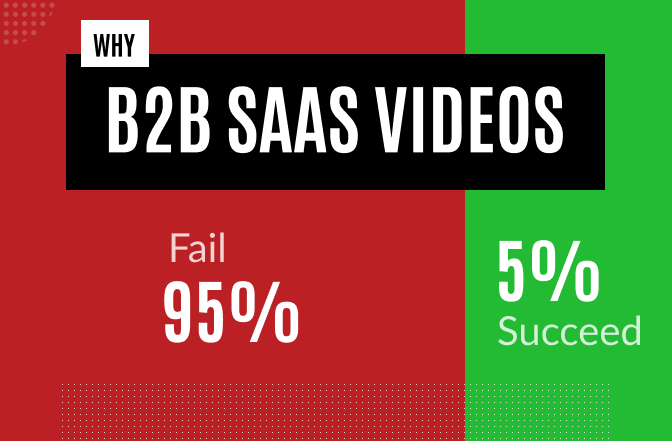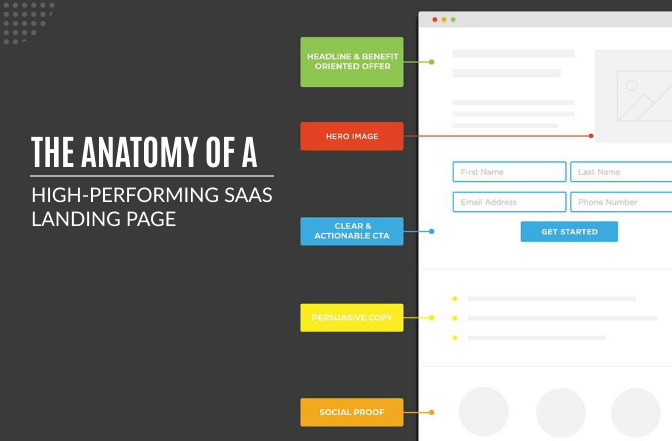In the fast-paced world of B2B tech startups, standing out in search engine rankings is crucial. Conducting a thorough SEO analysis of your competitors is not just smart—it’s essential for survival. Let’s dive into the art and science of competitor SEO analysis, and how it can be your secret weapon in the digital arena.
Identifying Key Competitors and Metrics
First, pinpoint your top SEO competitors, not just your business competitors. These are the ones ranking high for your desired keywords. Key metrics? Look at their domain authority, keyword rankings, and backlink profiles. Tools like SEMrush, Ahrefs, or Moz can be invaluable here.
Assessing Website Structure
How’s your competitor’s website laid out? Is it a sleek Formula 1 car or a clunky old wagon? Use tools like Screaming Frog to dissect their site structure, understanding how it boosts their SEO performance. A well-structured website means better user experience and higher search engine rankings.
On-Page SEO Strategies
Peek into their on-page SEO tactics. How are they using keywords? What’s their meta tag game like? Tools like Yoast SEO can provide insights into their on-page optimization, giving you clues on how to refine your strategy.
Backlink Analysis
Backlinks are like votes of confidence from other websites. Analyze your competitors’ backlink profiles with tools like Ahrefs. Are they getting high-quality links? Where can you get similar ones?
Content Quality and Relevance
Content is king, but relevance is its queen. Use tools like BuzzSumo to see which of their content performs best. What topics are they covering? How can you do it better or differently?
SEO Trends and Industry Patterns
Stay ahead by understanding industry-specific SEO trends. Are there new keywords emerging? What topics are gaining traction? Tools like Google Trends are your crystal ball here.
Identifying Gaps and Opportunities
Where are they lacking? Maybe their local SEO is weak, or they haven’t tapped into video content. These gaps are your opportunities.
Monitoring Competitors Over Time
SEO isn’t a one-and-done deal. Continuous monitoring is key. Set up alerts for competitor website changes or use tools like SEMrush to keep tabs on their rankings.
Local SEO Leverage
If your competitors are overlooking local SEO, jump in! Optimize your Google My Business listing and ensure your local listings are up to date.
Translating Analysis into Action
Now, take this intel and turn it into a strategic plan. What SEO strategies can you improve or adopt? How can you make your content more engaging and relevant?
Ethical Considerations
Remember, there’s a fine line between analysis and espionage. Stick to publicly available data and avoid any underhanded tactics.
Final take
Your competitors aren’t waiting. They’re optimizing, strategizing, and executing. It’s time for you to do the same. Use this guide as your roadmap to not only keep up but to outshine them in the SEO realm.
Next Steps: Understanding Search Engine Algorithms for B2B Tech Websites
Ready to go deeper? Stay tuned for our next article, where we’ll explore how search engine algorithms work specifically for B2B tech websites. This knowledge is crucial for fine-tuning your SEO strategy and staying ahead of the curve.










